How to Customize Your Coffee Table Book Printing: Options and Tips Introduction
 May 08,2025
May 08,2025

 SESE
SESE
How to Customize Your Coffee Table Book Printing: Options and Tips Introduction
Coffee table books are more than just books — they are statement pieces. With their large formats, premium finishes, and visually-driven content, they have become popular in homes, galleries, offices, and retail spaces. Whether used to showcase art, photography, travel experiences, brand identity, or personal stories, coffee table books exude a sense of luxury and refinement.
Customizing your coffee table book printing is essential to create a product that not only elevates your brand image but also enhances personal collection value and improves market appeal. A well-customized book stands out, tells a story beyond its pages, and leaves a lasting impression.
1. Custom Size and Format Options
When it comes to custom coffee table books, size and format play a critical role in the book's visual impact and usability.
Standard Sizes: Popular choices include 8" x 10", 9" x 12", and 11" x 14". These are safe bets for classic designs.
Custom Sizes: For a truly unique project, you can create non-standard sizes tailored to your content and branding needs.
Layout orientations to consider:
|
|
|
|
Landscape |
Portrait |
Square |
Landscape (horizontal): Ideal for photography and panoramic images.
Portrait (vertical): Suited for art, fashion editorials, and storytelling.
Square format: A modern, balanced look that works well for various genres.
Choosing the right size and layout ensures that your visuals and text are displayed beautifully and effectively.
2. Paper Options
Paper Options
Paper selection greatly affects the look and feel of your coffee table book.
Inner Page Paper Choices:
-
Matte Coated Paper: Soft, elegant finish that reduces glare and offers a subtle, sophisticated look.
-
Glossy Coated Paper: High-shine surface that makes colors pop, perfect for vibrant photography.
-
Art Paper: Premium texture and superior print quality, often used for high-end publishing.
Paper Weight Options:
-
157gsm: Lightweight yet sturdy — ideal for books with a large number of pages.
-
200gsm: A balanced choice, offering a luxurious feel without being too heavy.
-
250gsm: Thick, premium pages for an ultra-luxurious and durable book.
Heavier paper weights lend a more substantial feel and richer flipping experience, while thinner paper may be preferred for larger volumes to keep the book manageable.
3. Cover Options
Cover Materials:
-
Hardcover: Classic and durable, offering excellent protection and a prestigious feel.
-
Softcover: Lightweight and flexible, more affordable for larger runs.
-
Leatherette Cover: Adds an ultra-premium, tactile element — perfect for luxury editions.
Cover Finishes:
-
Matte Lamination: Provides a soft, non-glossy look and a modern aesthetic.
-
Glossy Lamination: Brings out vibrancy and sharpness in cover designs.
-
Linen Cover: Textured and sophisticated, giving the book an artisanal charm.
Special Cover Features:
|
|
|
|
|
Foil Stamping |
Spot UV |
Debossing |
Embossing |
-
Foil Stamping: Metallic highlights (gold, silver, copper) for titles, logos, or designs.
-
Spot UV: Glossy highlights on specific areas for a striking contrast.
-
Debossing/Embossing: Create recessed or raised designs for tactile interest.
These enhancements not only add visual interest but also reinforce the premium quality of your book.
4. Binding Options
Case Binding (Smyth Sewn Binding): The highest-quality binding method, offering durability and the ability to lay flat when opened.
Perfect Binding with Hard Cover: A more economical choice, still offering a sturdy and professional finish.
Other custom binding options:
|
|
|
|
Flat Spine |
Rounded Spine |
Ribbon Bookmark |
-
Flat Spine (Square Back): For a clean, contemporary look.
-
Rounded Spine: Adds a classic, traditional feel to the book.
-
Ribbon Bookmark: A luxurious and practical addition, perfect for guiding readers through your book.
Choosing the right binding method ensures longevity and a polished final product.
5. Special Add-ons
|
|
|
|
Endpapers: Customize with colored, patterned, or printed designs to add flair from the very first page.
Sprayed Edges: Choose single colors, gradient tones, or even custom designs to make the book pop even when closed.
Slipcase or Custom Box: Protect your book and enhance its presentation with a matching slipcase or specially designed outer box.
These additional touches make your book not only a read but an experience.
6. Printing Techniques
CMYK Printing: Full-color process suitable for vivid images and most designs.
Pantone Printing: Perfect for achieving precise brand colors or special hues not achievable with standard CMYK.
You can also add spot UV to highlight particular elements like images, logos, or titles, drawing immediate attention.
Working with a printer that uses state-of-the-art equipment ensures faithful color reproduction, rich detail, and a consistent, high-quality finish throughout.
7. Tips for a Smooth Custom Printing Process
To ensure everything goes as planned:
Prepare Your Files Properly: Use CMYK color mode, include bleed areas, and ensure high-resolution images.
Confirm Every Detail: Discuss and document all specifications with your printer — paper type, cover material, binding style, special effects, etc.
Request Proofs or Samples: Always ask for a printed proof or dummy copy to catch any mistakes and see how the final product will feel and look.
Early and clear communication with your printer avoids surprises and guarantees a final product you’ll be proud of.
8. Conclusion:





 Home
Home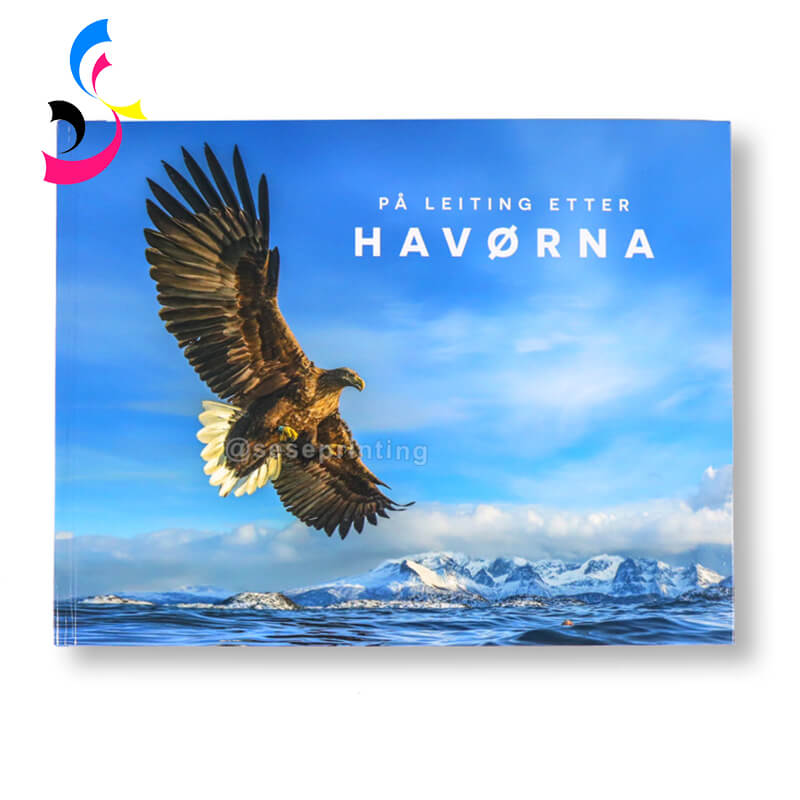
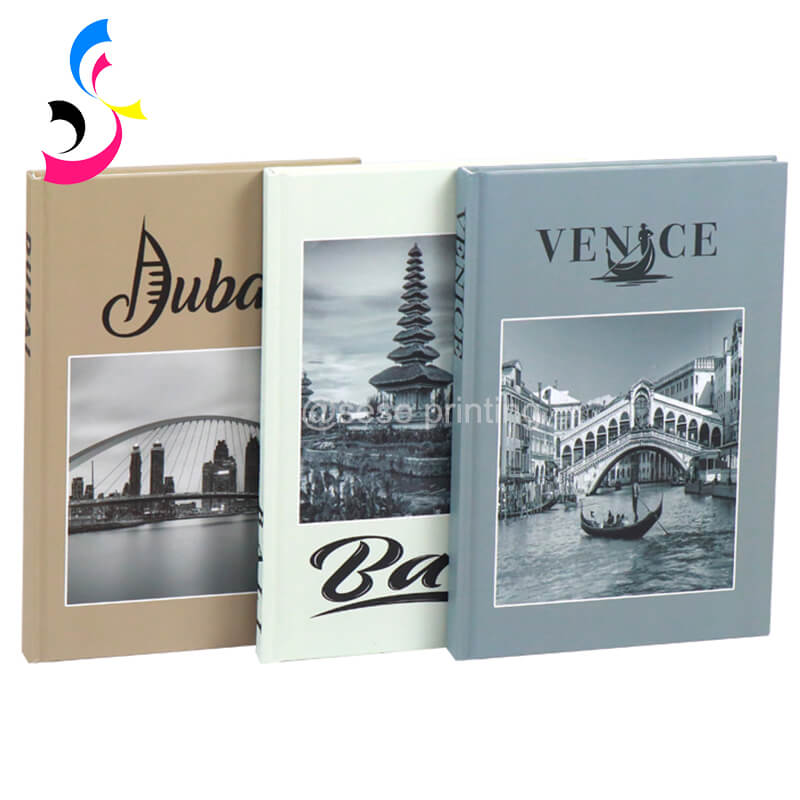
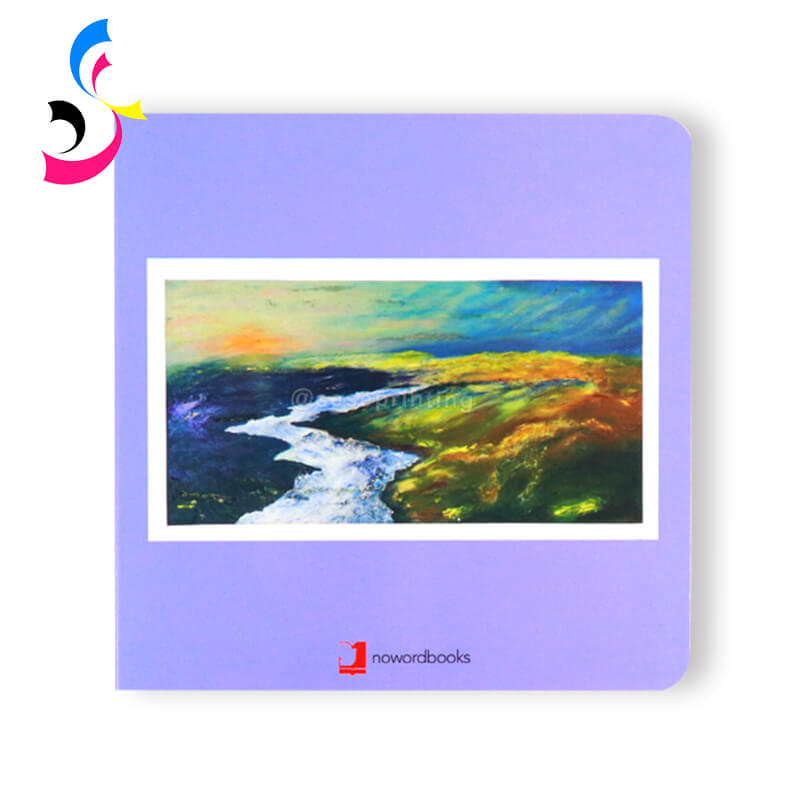
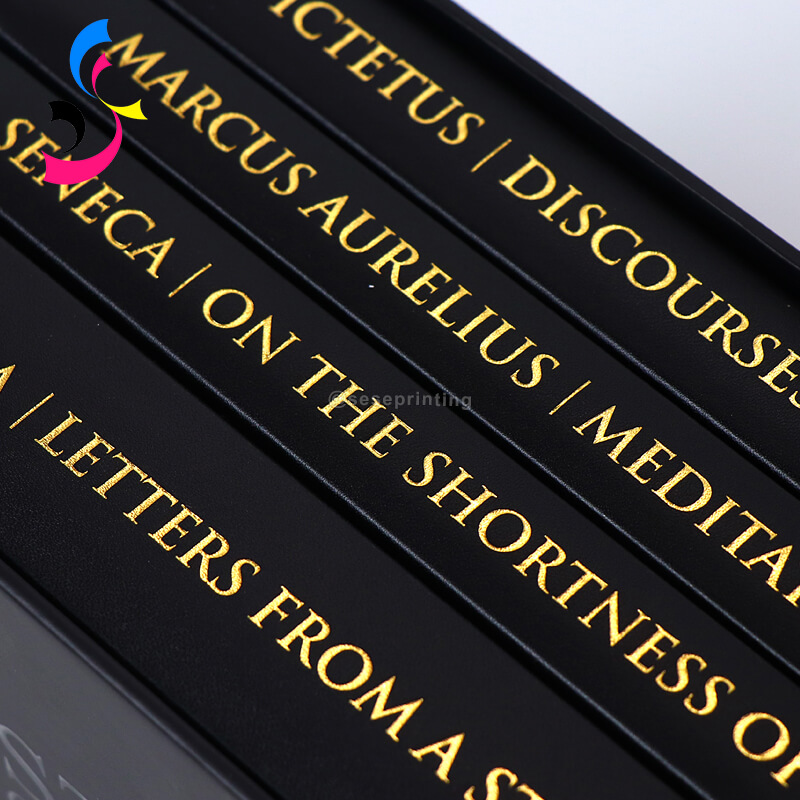
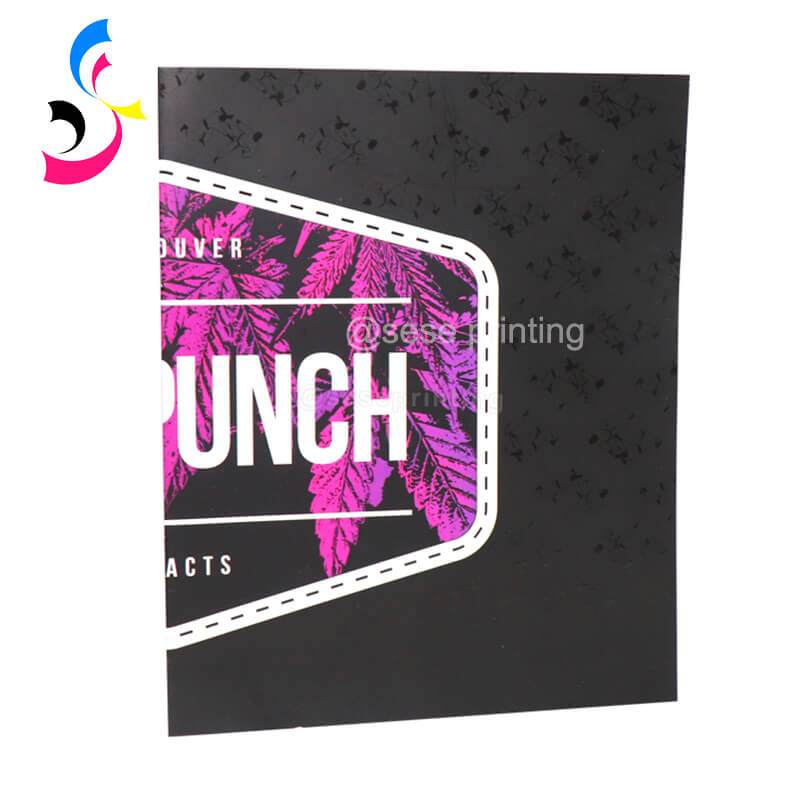
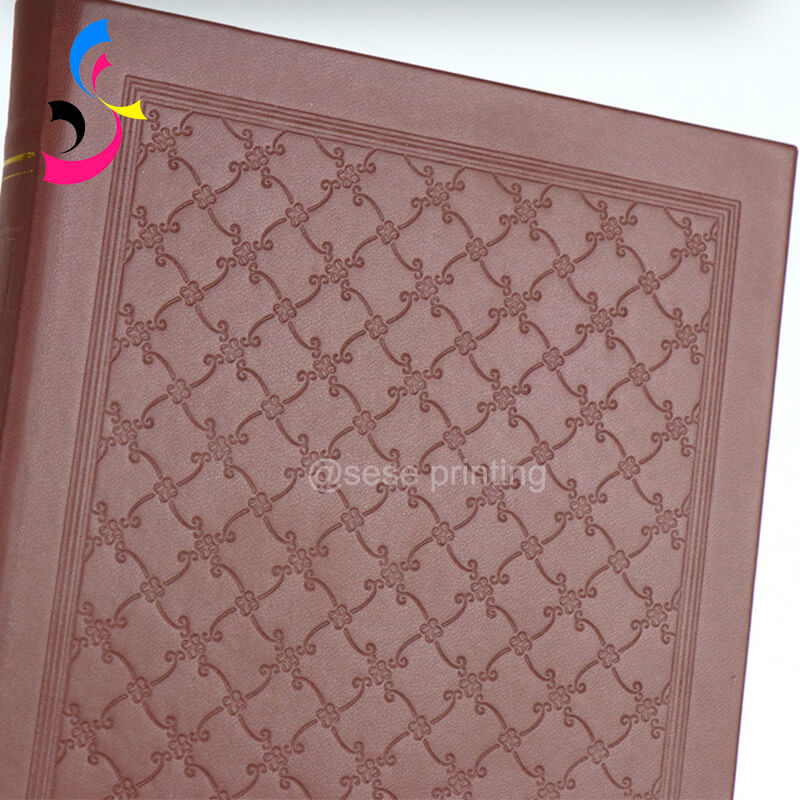
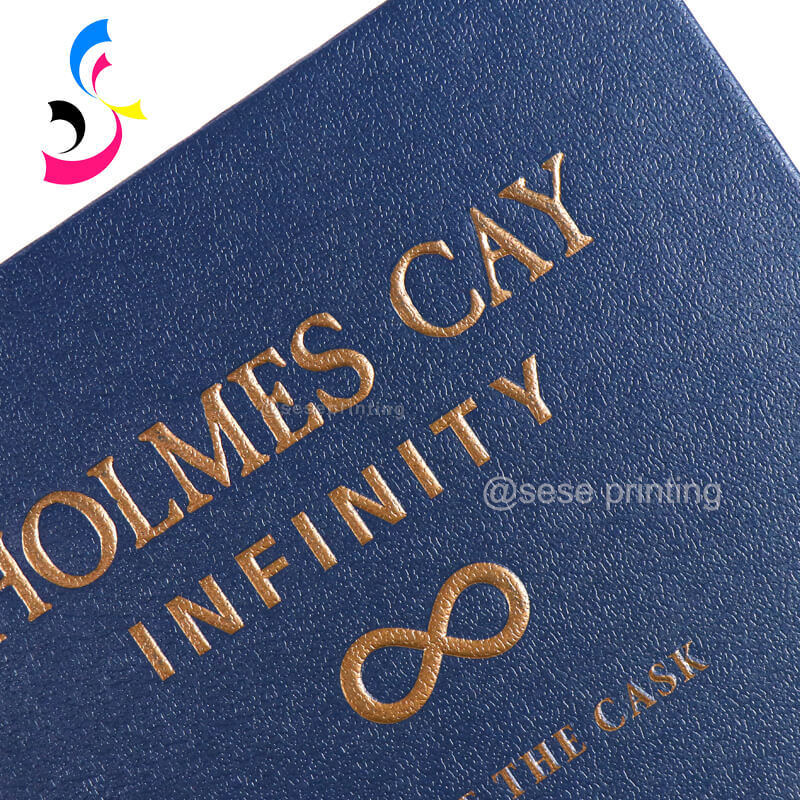
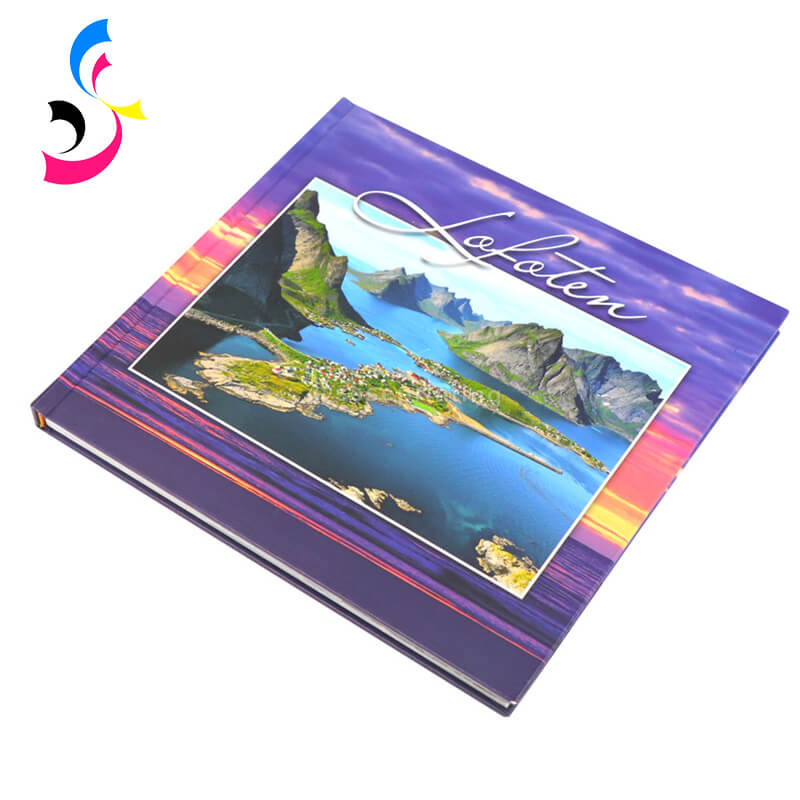

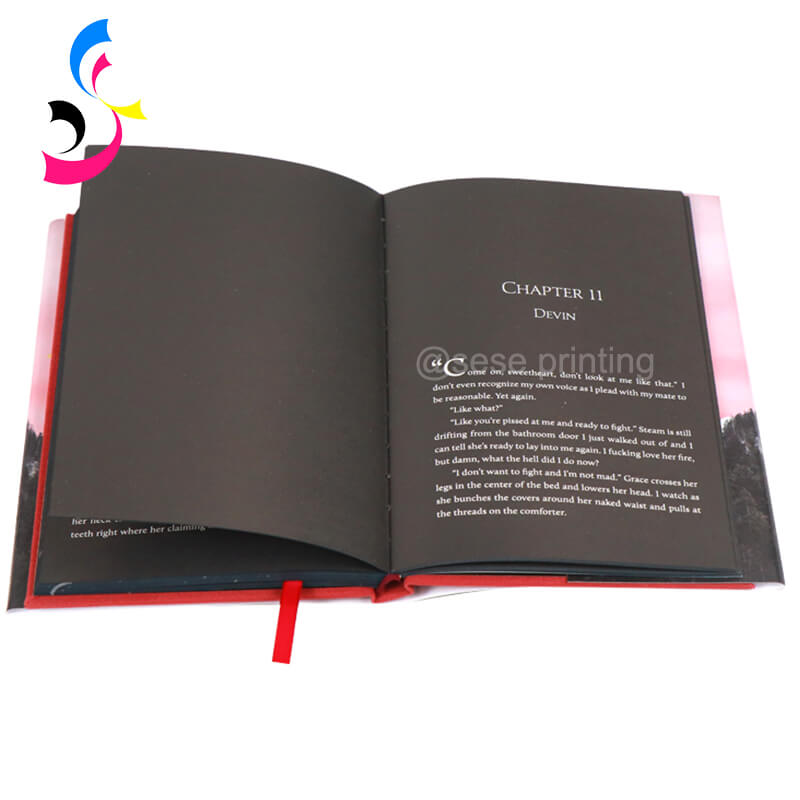
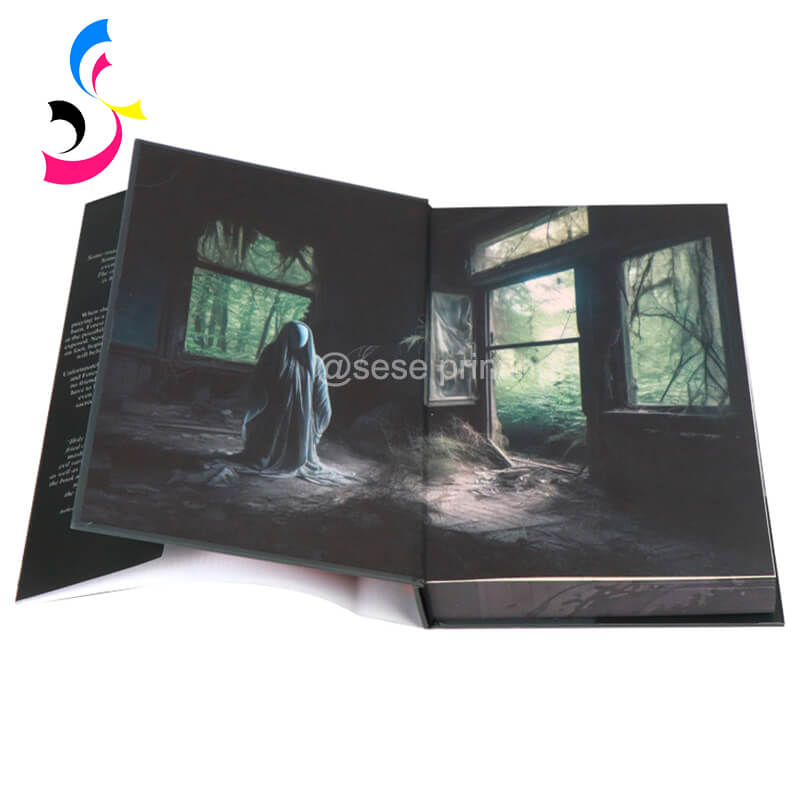
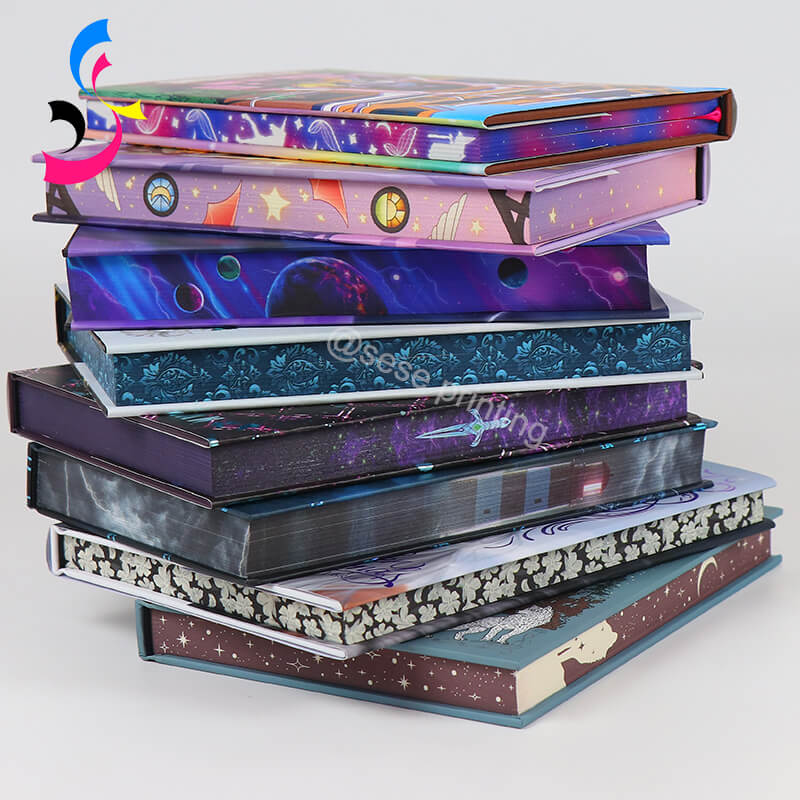
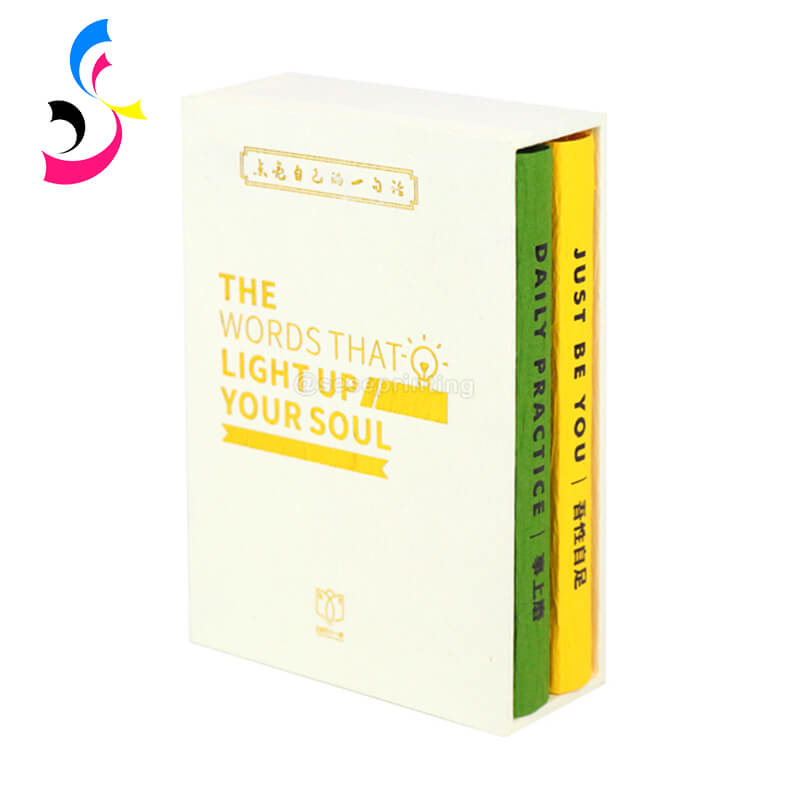
 Benefits of Special Edition Book Printing for Exclusive Releases
Benefits of Special Edition Book Printing for Exclusive Releases  You May Also Like
You May Also Like
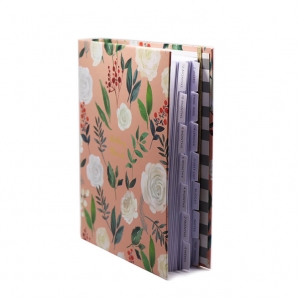

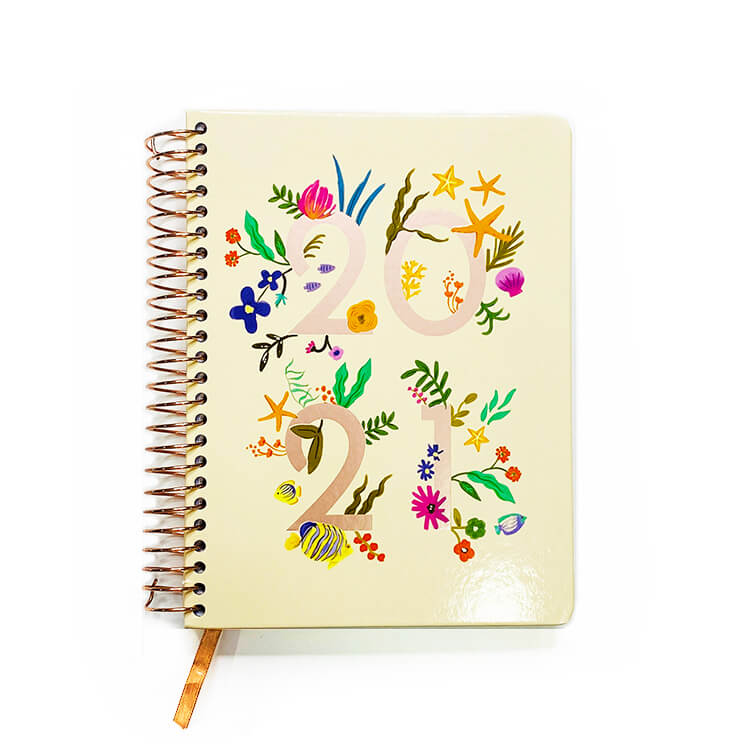

 Tel
Tel
 Email
Email
 Address
Address







